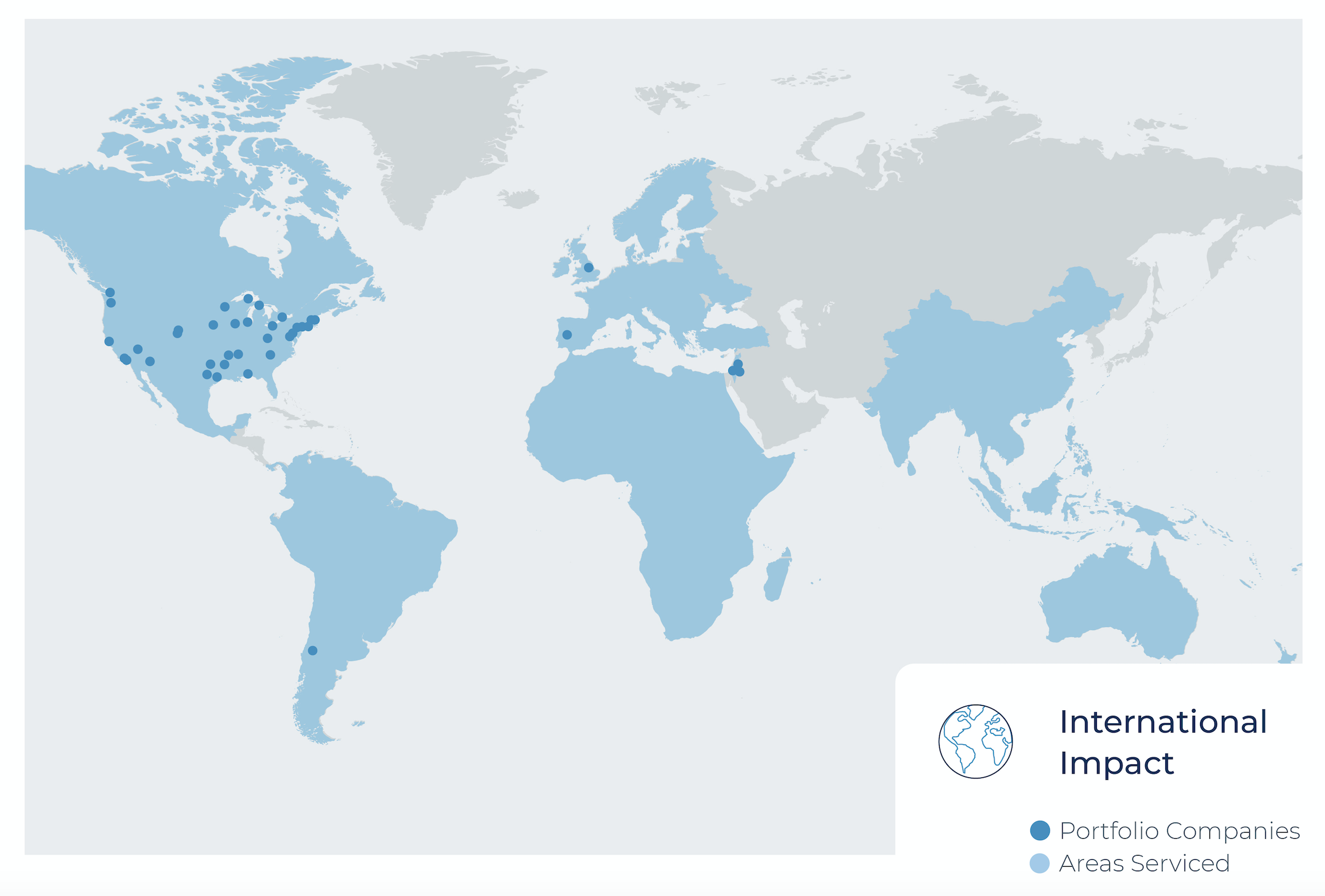We Align Capitalism With Positive Social and Environmental Impact
Impact
We strive to reduce, and eventually eliminate, the need for natural resource extraction and waste related to the manufacturing and use of products.
Our investments in the circular economy align capitalism with positive social and environmental impact by reducing waste and greenhouse gas emissions via materials innovation, advanced recycling technologies, supply chain optimization, and keeping materials in play. We measure our impact according to four key pillars that underpin the acceleration toward a circular economy.
4.8M tons of materials kept in circulation
By volume, global waste includes 44% food and organics, 17% paper and 12% plastic––all valuable commodities.
10.1M tonnes of greenhouse gas emissions avoided through materials kept in play rather than wasted
70% of GHG emissions are related to material use: the production and use of products––from the buildings we live in to the food we eat.
$39M economic benefit to municipalities and local communities
Cities avoid landfill tipping fees and recyclables are kept in local manufacturing supply chains, creating jobs and spurring innovation and growth in local economies.
$530M assets under management
The circular economy requires a shift in the traditional flow of capital and a collaborative, industry-wide effort to bring sufficient capital in order to enable the new economy.
Impact Highlights
Case Studies

Closed Loop Venture Fund
Thrilling
The Rise of Resale: Digitizing Vintage
Closed Loop Ventures Group invested in Thrilling, an…

Closed Loop Venture Fund
HomeBiogas
Turning Waste into Energy
HomeBiogas develops household and community-size anaerobic…
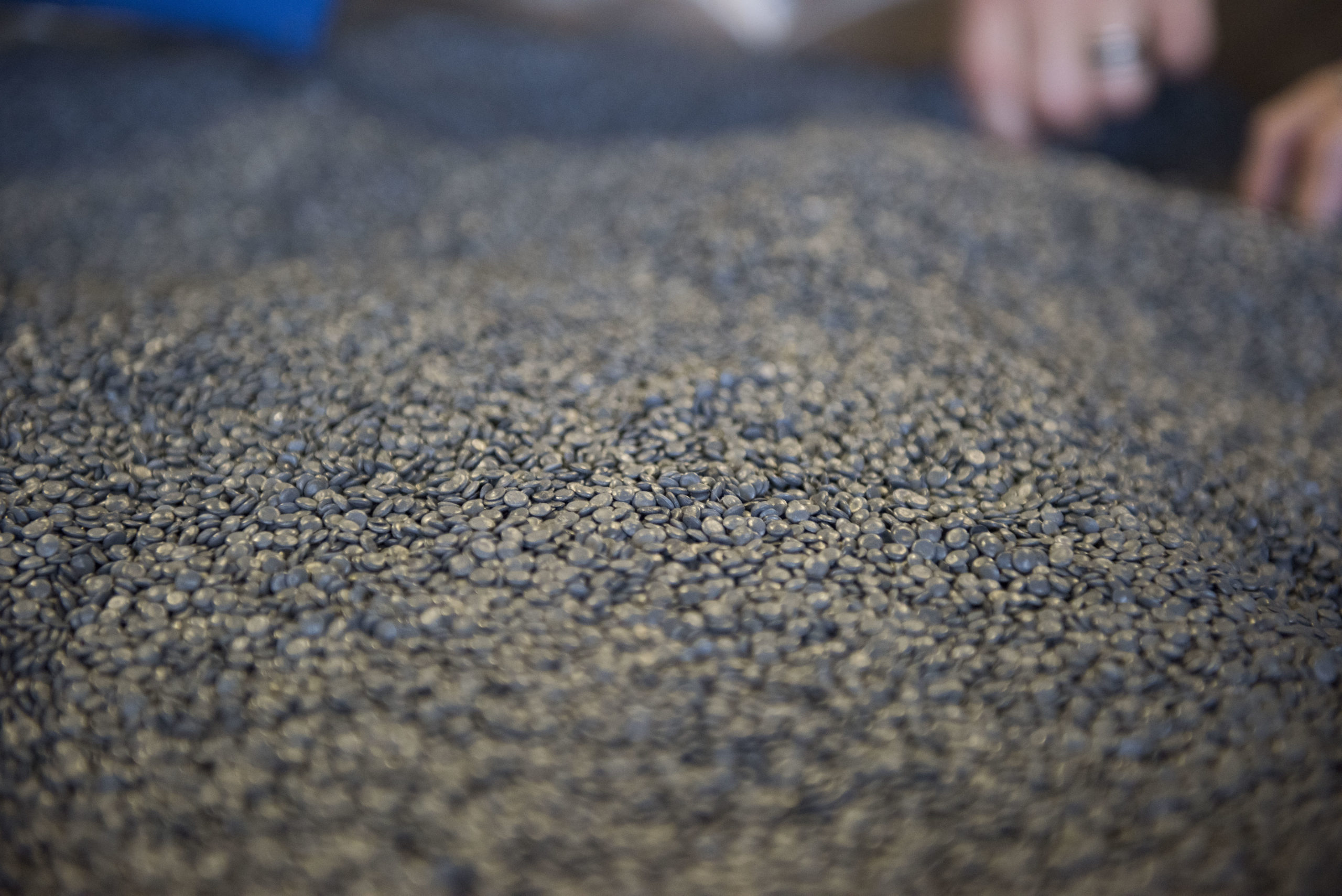
Closed Loop Infrastructure Fund
GreenMantra Technologies
From Yogurt Cups to Asphalt Roads
GreenMantra converts post-consumer and post-industrial…

Closed Loop Venture Fund
Mori
Preserving Perishables
Cambridge Crops extends the shelf-life and freshness…

Closed Loop Venture Fund
Evrnu
Closing the Loop on Textiles
Closed Loop Ventures Group invested in Evrnu, a fiber…
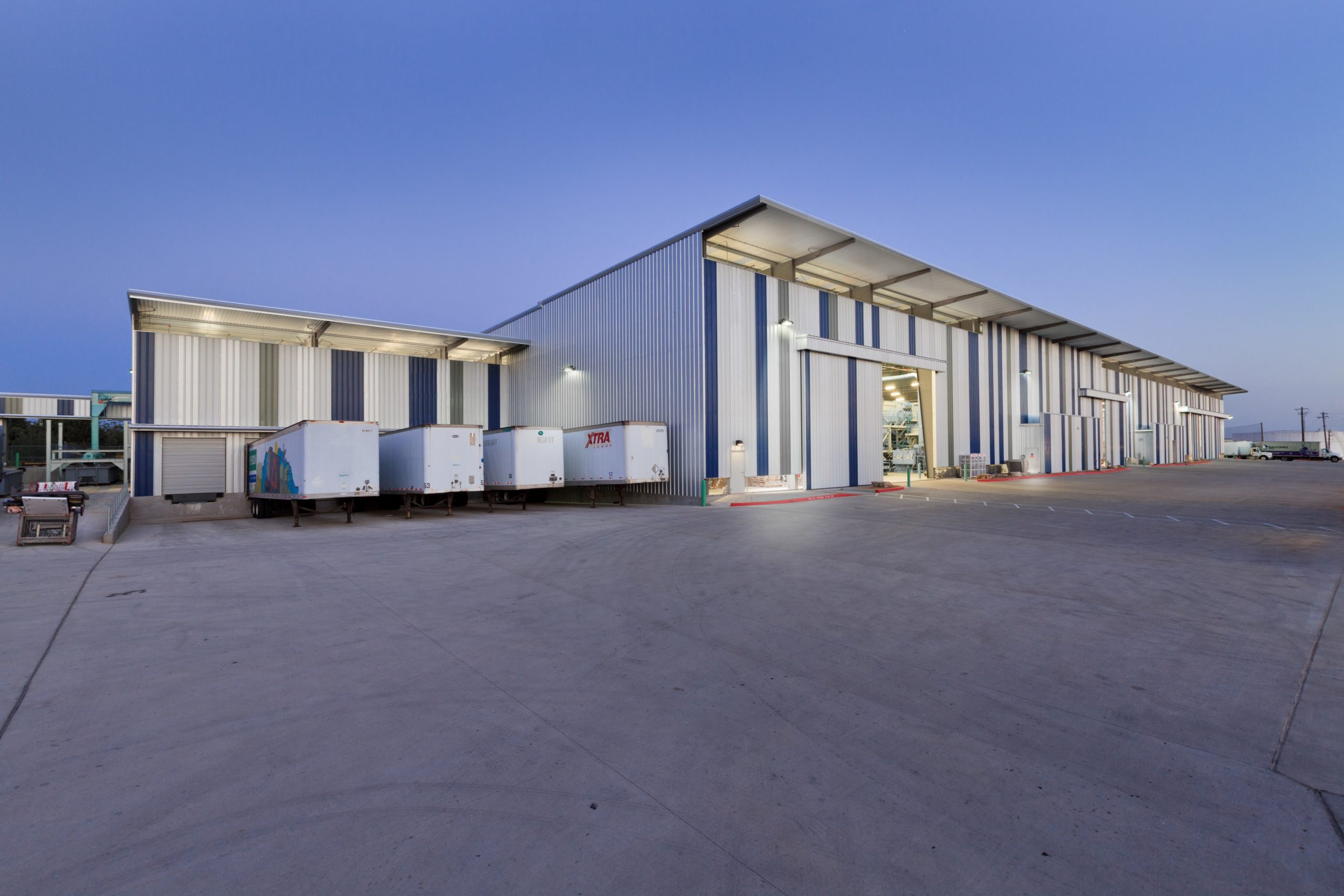
Closed Loop Leadership Fund
Balcones Resources
Recycling: The Proof is in the Profit
Balcones Resources has been providing recycling service…

Closed Loop Infrastructure Fund
Eureka Recycling
Eureka! The Twin Cities Are Raising the Recycling Game
Eureka Recycling is a recycling company with a long-term…

Closed Loop Infrastructure Fund
TemperPack
Protecting Pharmaceuticals, Meal Kits and More
TemperPack manufactures fully recyclable thermal packaging…

Closed Loop Venture Fund
For Days
Zero Waste Clothing
For Days brings consumers into the circular supply…
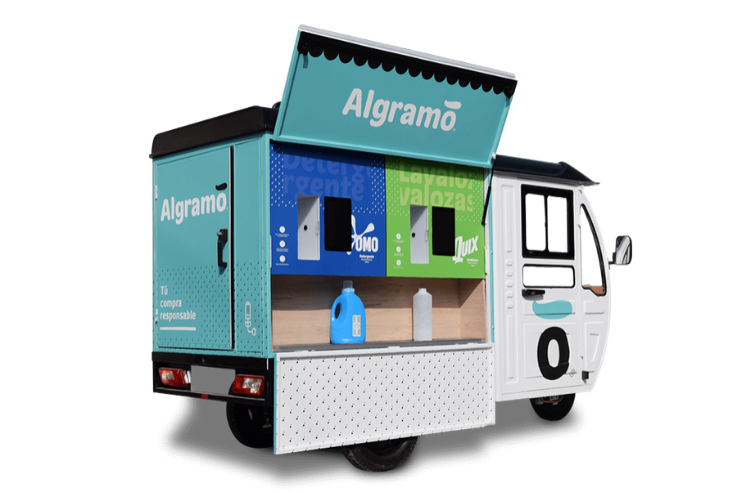
Closed Loop Venture Fund
Algramo
Incentivizing Reuse Systems
Algramo builds smart dispensing systems that incentivize…
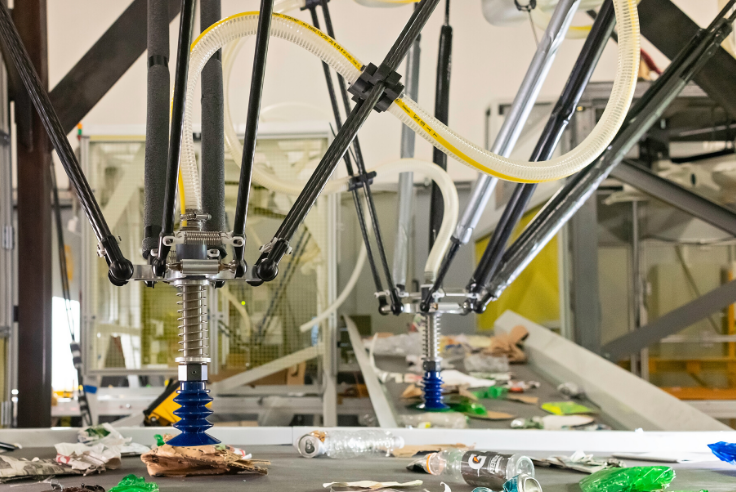
Closed Loop Venture Fund
AMP Robotics
AI Robots and Recycling
AMP Robotics helps material recovery facilities (MRFs)…
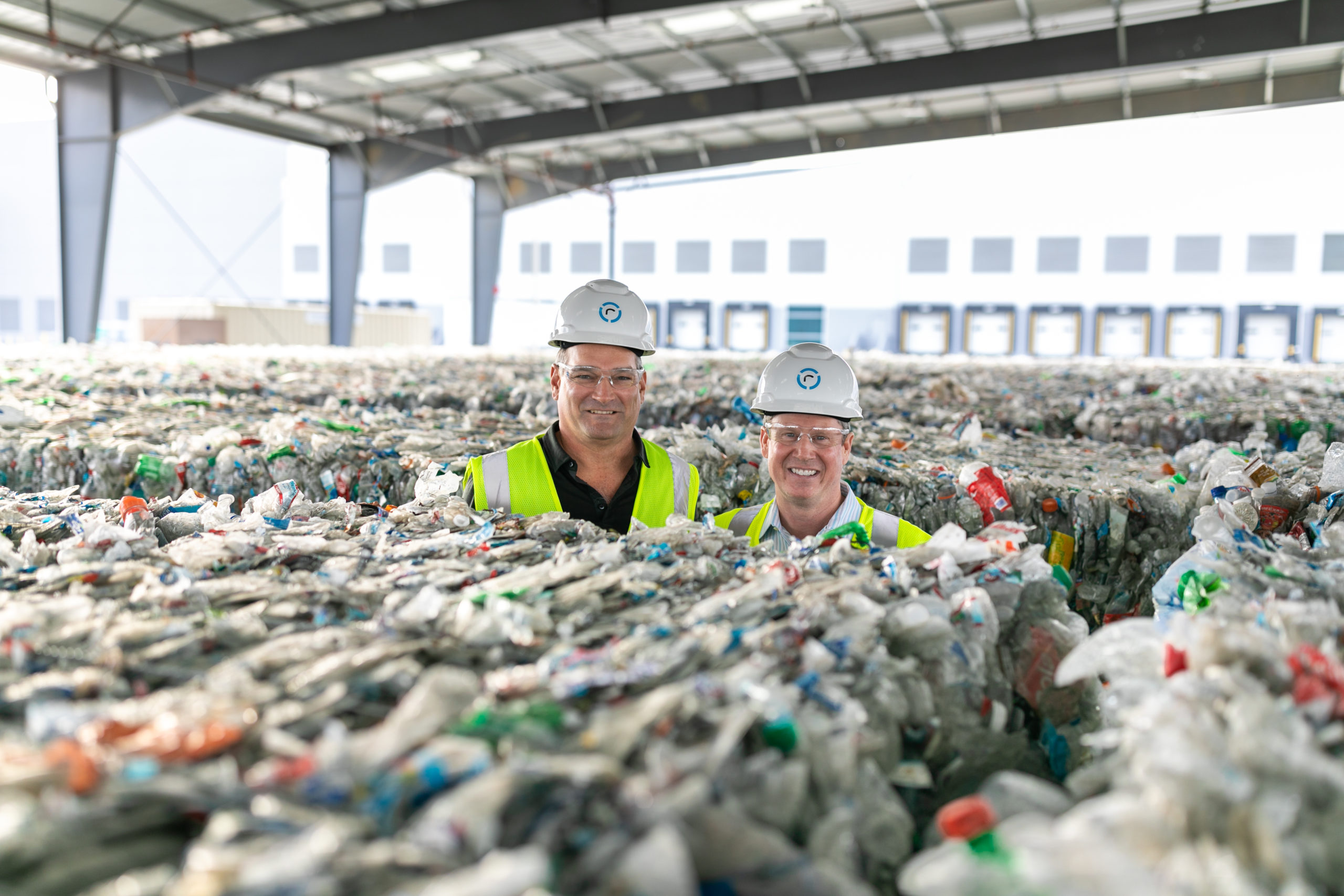
Closed Loop Infrastructure Fund
rPlanet Earth
Bottle to Bottle Recycling
rPlanet Earth was founded to provide high quality,…
Our Impact Is Global
